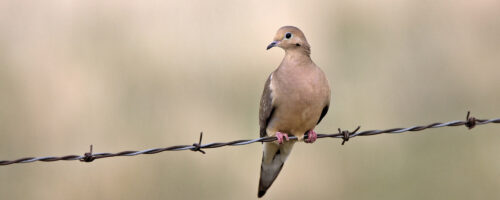Tag: mourning dove
Categories

How to Manage Fields for Attracting Mourning Dove
Estimated reading time: 5 minutes
Resource management aids mourning dove migration
Estimated reading time: 3 minutes
Mourning Dove Abundance Can Be Managed
Estimated reading time: 3 minutes